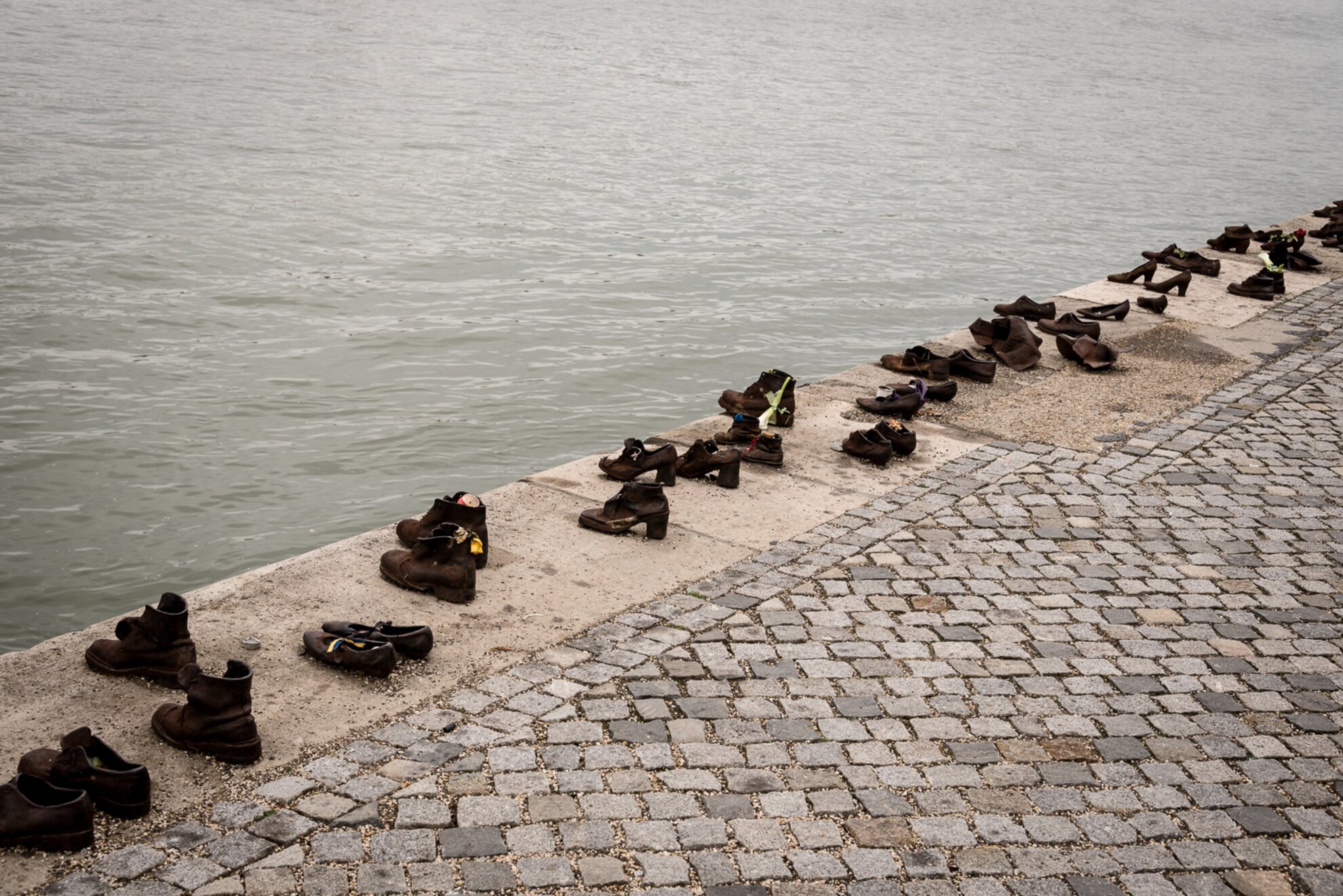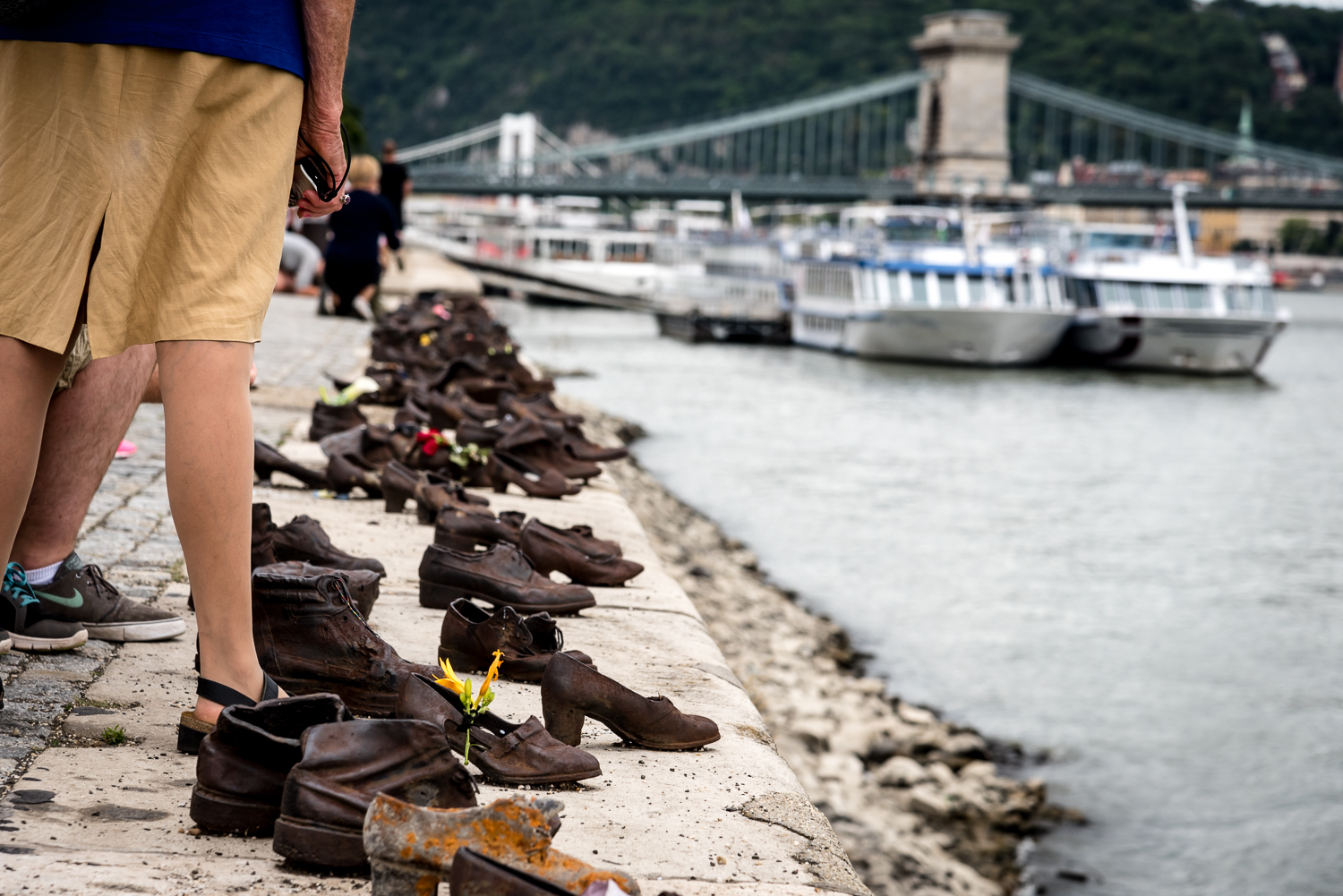Featured among 13 commissioned public artworks found across the globe, Budapest’s bronze sculptural installation ranks second in the freshly published article on the website of Architectural Digest. Budapest’s riverfront depiction of 60 pairs of life-size vintage footwear is the result of a collaboration between award-winning sculptor Gyula Pauer and Hungarian-born film director Can Togay, who joined forces to create a stirring sculpture that tells visitors to Budapest about the dreadful times of the Holocaust in Hungary during WWII. Revealed to the public on the lower quay of the Danube on April 16th, 2005, this poignant artwork represents the Holocaust victims who were ordered to take off their shoes before they were gunned down at the water’s edge, and their lifeless bodies fell into the river.

The sculpture is now one of Budapest’s top tourist attractions, complete with three plaques that read “To the memory of the victims shot into the Danube by Arrow Cross militiamen in 1944-45”, in the Hungarian, Hebrew, and English languages. The “Shoes on the Danube Bank” installation is found on the Pest riverbank between Margaret Bridge and the Chain Bridge, close to Kossuth Lajos Square and the Hungarian Parliament building. Below we present a few photos portraying the riverside memorial, all taken during the summer months.










